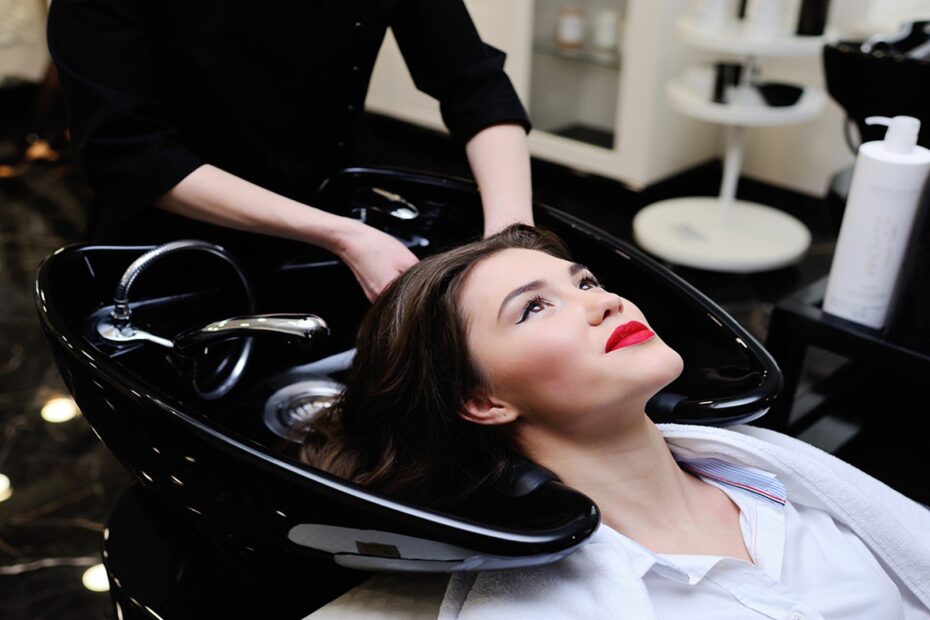Beauty Salons Introduction
Beauty salons offer various beauty services, including hairstyling, coloring, makeup, and skincare, and are integral to the industry. With the increasing demand for beauty services, owning a beauty salon can be a lucrative business venture. In this blog, we’ll explore whether a beauty salon is a profitable business and what factors contribute to its success.
The Beauty Industry’s Growth
The beauty salons industry has been growing rapidly over the past few years, and the trend is expected to continue. The beauty industry was worth $532B in 2019 and is expected to hit $805B by 2023 (Statista data).This growth is fueled by factors such as increasing consumer awareness about the importance of self-care, the popularity of social media and influencers, and the rising demand for personalized beauty services.
Profit Margins in the Beauty Industry
The profit margin of a beauty salon largely depends on various factors such as the size of the salon, location, range of services offered, and pricing strategy. According to a study by the Professional Beauty Association, the average profit margin of a salon is around 8.8%. This margin can vary depending on the salon’s operational expenses, including rent, utilities, employee wages, and supplies.
However, salons that offer a wide range of services, including high-end treatments, have a higher profit margin. Additionally, salons that provide exceptional customer service and have a loyal customer base tend to have a higher profit margin.
Factors That Contribute to a Profitable Beauty Salon
- Location: The location of a salon plays a crucial role in its profitability. A salon located in a high-traffic area, such as a busy shopping mall, can attract a larger customer base, leading to increased revenue.
- Services offered: Offering a range of services that cater to different customer needs can help a salon attract a broader customer base. Salons that offer niche services such as bridal makeup or specialized skincare treatments can also attract more customers.
- Pricing: Pricing strategy can also impact a salon’s profitability. Setting competitive prices can help a salon attract price-conscious customers, while premium pricing can help a salon position itself as a high-end service provider.
- Marketing: Effective marketing can help a salon reach a larger audience and attract new customers. Social media platforms such as Instagram and Facebook are great marketing tools for salons to showcase their work and engage with customers.
Conclusion
In conclusion, owning a beauty salon can be a profitable business venture if the right factors are considered. A salon can generate loyal customers and revenue with the industry’s growth and demand for personalized beauty services. However, it is important to consider factors such as location, services offered, pricing, and marketing to ensure a salon’s profitability. By focusing on these factors, a beauty salon can thrive in the competitive beauty industry.


